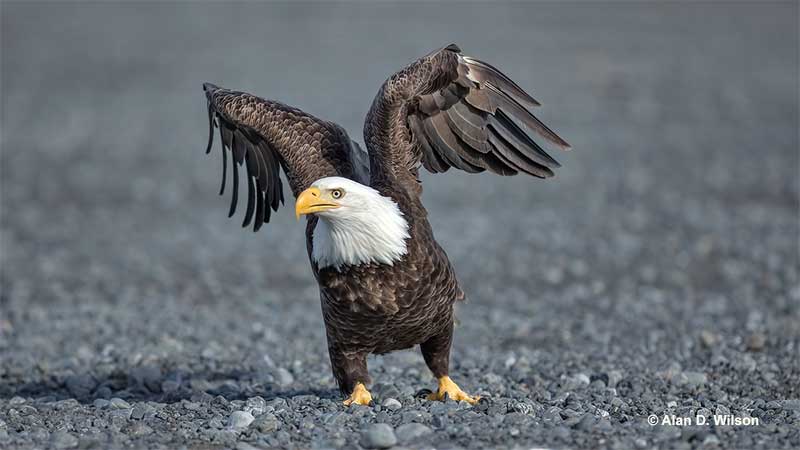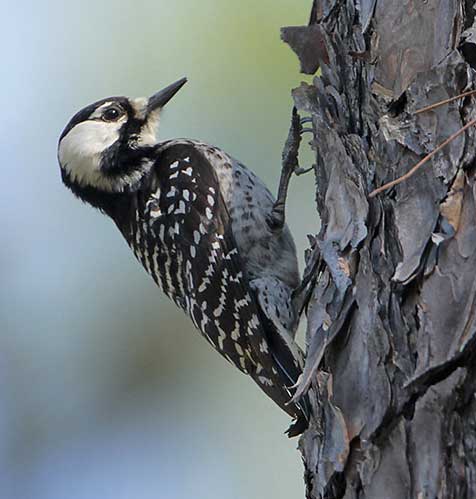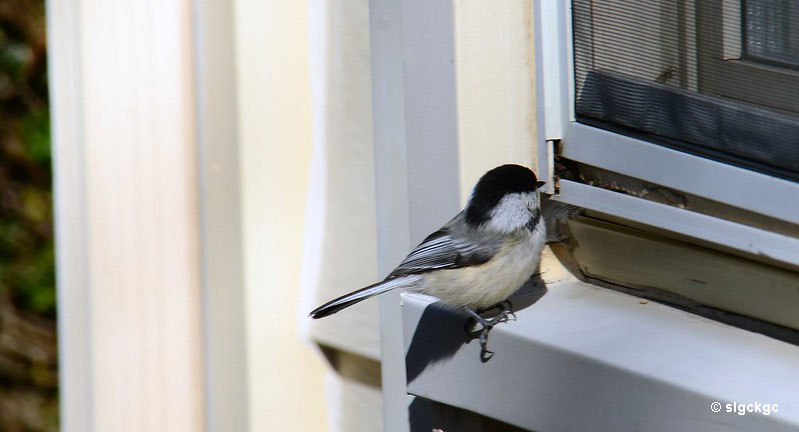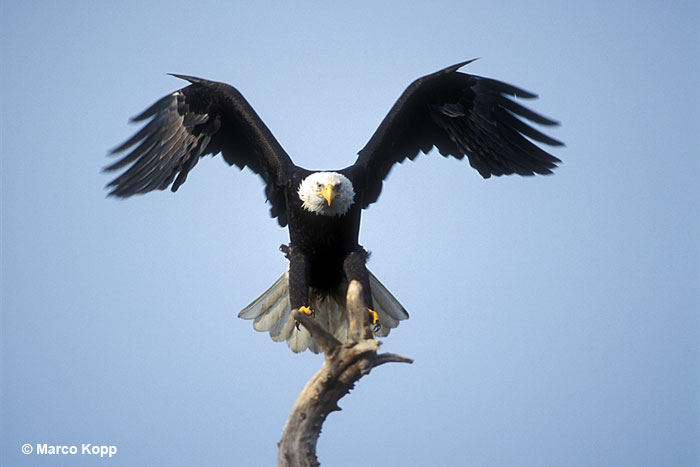
Birds are vital for ecosystems, serving as predators, pollinators, links between distant ecosystems, and more.
Over the years, many bird species have entered a steep decline in their numbers. With countless threats starting with tall buildings, ending with harmful pesticides, birds have faced more dangers than you’d imagine.
Most of them have started with humans, so what can we do to fix the damage?
On this page
Biggest Threats To Birds
Loss of habitat
Habitat loss and degradation pose a significant threat to bird populations, affecting a staggering 95% of species worldwide. Every year, millions of acres of habitats are lost, degraded, or fragmented due to development, agriculture, or logging.

For example, Red-cockaded Woodpeckers are considered to be near-threatened due to habitat loss. They only nest in live pine trees, and due to extensive deforestation, their range remains scattered.
Destruction of habitat often means the destruction of nesting sites such as trees, shrubs, or specific structures where birds build nests.
With fewer suitable nesting sites, bird populations will diminish due to lower breeding rates.
Specific habitats also provide suitable food sources for birds, including insects, seeds, and other matter. If this “supply chain” is disrupted, then bird populations suffer.
Read more: Endangered birds & the factors that lead them to this point
Birds that survive habitat loss may be forced into smaller and more fragmented remaining habitats, leading to increased competition for resources such as food and shelter. This often results in a smaller population size which in turn negatively affects genetic diversity, leading to a decrease in the resilience of the species.
Outdoor cats
Outdoor cats are natural predators capable of catching birds, especially ground-feeding and -nesting species. They kill 2.4 billion birds per year in the United States, which is nearly half of the number of birds that perish overall.
The impact of their predation varies by location, but the United States has a large and ever-growing population of feral cats of roughly 70 million individuals, if not more, so they pose a significant threat.
Even if not actively hunting, the presence of outdoor cats can disturb birds. The sight, sound, or smell of a cat can cause stress and disrupt feeding, nesting, and other essential behaviors. Constant disturbance may lead birds to abandon nesting sites or feeding areas, impacting their breeding success and overall population dynamics.
The impacts of outdoor cats on bird populations are particularly pronounced in urban and suburban environments where cat densities are high and natural habitats are fragmented. To mitigate these effects, cat owners should practice responsible ownership. Cats should be kept indoors or provided supervised outdoor access which also keeps the furry death machines safe.
Building collisions
Birds collide with windows, glass facades, communication towers, power lines, and other structures, resulting in death, injuries, and confusion. The number of bird deaths due to collisions with buildings and other man-made structures is estimated to be in the hundreds of millions to about a billion annually in the United States alone.

Many bird species migrate long distances, and man-made structures along their migration routes can disrupt their journeys. Birds may be attracted to lights on tall buildings at night, leading to collisions, disorientation, and exhaustion.
Learn more: How to avoid window collisions?
Several cities are participating in Lights Out programs that turn the lights off in tall office buildings at night, during spring and fall migration. Lights Out Chicago, Lights Out Toronto, and Lights Out New York are three of the most successful programs. Turning out the lights also saves energy, so it can be a win-win situation.
Pesticides
Pesticides can have profound effects on bird populations, primarily through direct toxicity, indirect impacts on food availability, and behavioral changes. Birds can be exposed to pesticides through ingestion of treated seeds, contaminated prey, or directly consuming sprayed crops.
Chronic exposure to low levels of pesticides can lead to cumulative impacts on bird health and reproduction over time. They can interfere with bird reproduction by affecting eggshell thickness and causing reproductive failure.
Pesticides also have an indirect effect on birds by affecting food availability. Reduction in available prey and food items leads to declines in bird populations, especially those that are dependent on specific prey items.
In the past, particularly during the mid-20th century, the most widespread and impactful pesticide was DDT. When insects and other invertebrates consumed DDT-contaminated plants, the chemical accumulated in their bodies.

Birds, especially those higher up in the food chain like raptors and predatory birds, ingested large amounts of DDT through their prey. This resulted in thinner eggshells and reduced hatchling survival. In response to growing concerns about DDT’s environmental impacts, the use of DDT was banned or severely restricted in many countries during the 1970s and 1980s.
This is one of the reasons Bald Eagles were endangered, and their populations plummeted.
Several pesticides are still considered problematic nowadays due to their potential impacts on wildlife. One of the most dangerous ones for birds is neonicotinoids, which is present in 70% of dead birds. They cause weight loss, delayed migration, and even death at high exposure levels.
How Can We Help?
Sometimes, it might seem like our individual actions won’t make a difference. However, each small step we take can have a significant impact, especially if we take those steps together. Here are some ways to contribute to bird conservation and reduce human-induced threats:
- Avoid using single-use plastics. This helps reduce plastic pollution that harms birds. Choose reusable or compostable alternatives instead. If you can’t help it, dispose of your waste properly to prevent birds from ingesting or becoming entangled in plastic debris.
- Use bird-friendly landscaping. Opt for native plants in your garden or yard that provide food, shelter, and nesting sites for birds. Avoid using pesticides and herbicides that can harm birds and their food sources. Install bird feeders and nest boxes to provide food and safe nesting sites.
- Prevent collisions. Make windows more visible to birds by applying bird-friendly films, stickers, screens, or other things that make it visible.
- Participate in bird monitoring projects: Use apps like eBird to report your bird sightings, which provides valuable data for conservation efforts.
- Let them be. Do not disturb birds, especially during nesting season, as this may lead to them abandoning their nests or offspring.
- If you have a cat, keep it indoors. As an alternative, provide it with supervised outdoor activities so they won’t have the chance to hunt birds.
